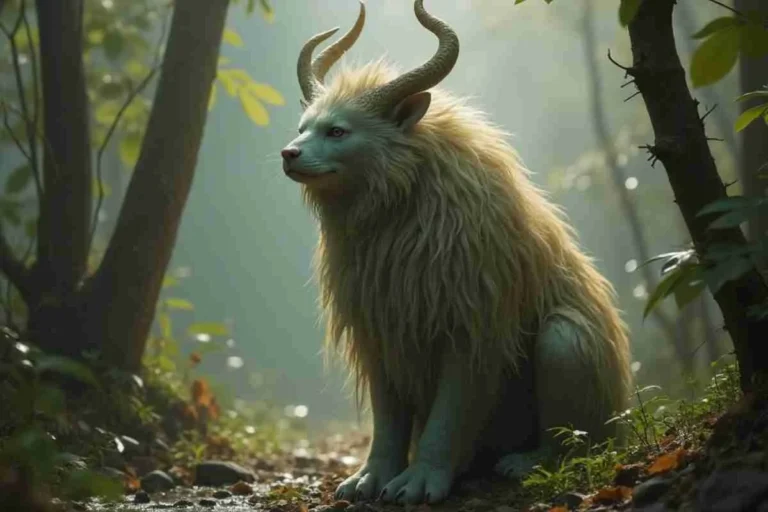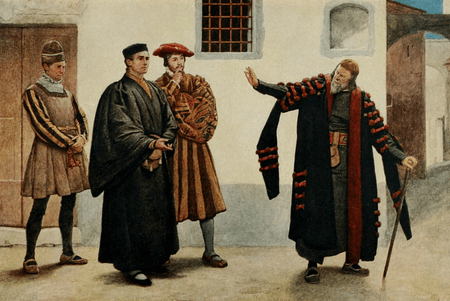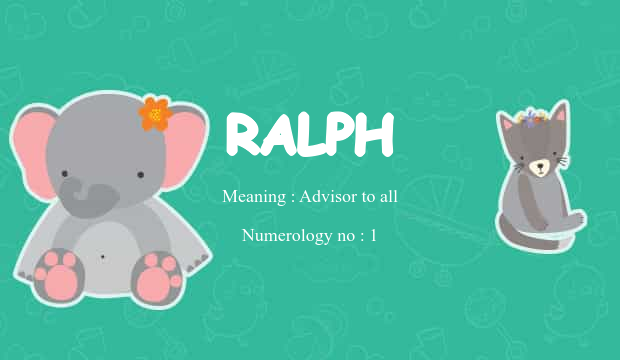Eolaneday: Origins, Traditions, and Modern Significance
Eolaneday is a cultural observance rooted in seasonal change and community rituals. It is recognized as a heritage practice symbolizing renewal, growth, and unity. The word originates from the old term Eolane, meaning “cycle of rebirth,” combined with day, indicating an annual mark on the calendar.
The Historical Roots of Eolaneday
Eolaneday first appeared in medieval agrarian societies. Farmers celebrated it as the midpoint between planting and harvesting. Village records from the 13th century describe gatherings where food, music, and processions shaped the celebration. Over time, Eolaneday blended with regional faith practices, creating a balance between folklore and religion.
Core Traditions of Eolaneday
-
Lighting of Fires – Bonfires were used to ward off darkness and protect the fields.
-
Communal Meals – Shared bread, cheese, and fruits symbolized collective prosperity.
-
Music and Dance – Folk musicians played flutes, drums, and stringed instruments while villagers danced in circles.
-
Decorations – Arches of flowers, carved wooden figures, and ribbons decorated public spaces.
-
Charity Acts – Donations of grain and dairy supported poorer households.
Symbols Associated with Eolaneday
| Symbol | Meaning | Usage in Rituals |
|---|---|---|
| Solar Disc | Cosmic order and seasonal balance | Embroidered on fabrics and banners |
| Oak Leaves | Fertility and strength | Used in wreaths and crowns |
| Spiral Motif | Continuity and renewal | Carved on wooden icons |
| Bread Loaf | Prosperity and abundance | Shared at feasts as “first loaf” |
Culinary Practices on Eolaneday
Eolaneday cuisine focused on locally sourced grains, fruits, and dairy. Bread loaves shaped like suns represented seasonal renewal. Honey cakes reflected sweetness of life. Berry pies and preserved nuts symbolized wealth. Dairy products such as butter and cheese reinforced fertility symbols. Mead and ale were staples of evening gatherings.
Community and Social Impact of Eolaneday
Eolaneday reinforced social bonds. Elders mediated disputes on this day. Matchmaking rituals paired young villagers. Markets and fairs attracted merchants, boosting local trade. Tax collection and legal contracts were sometimes aligned with the date to ensure harmony. Oral records confirm that reconciliation and unity were central values.
Eolaneday in Modern Times
Today, Eolaneday is revived as part of cultural heritage tourism. Cities host parades, exhibitions, and concerts. Schools teach its origins in history classes. Museums display artifacts such as carved icons, ritual bread molds, and embroidered textiles. Governments recognize it as intangible cultural property, funding preservation initiatives.
Global Comparisons to Eolaneday
-
Japan – Obon (ancestral remembrance).
-
India – Makar Sankranti (agricultural gratitude).
-
Mexico – Día de la Candelaria (communal feasting).
-
Nordic – Midsummer (bonfires and fertility rituals).
Scholars classify Eolaneday within the larger family of seasonal transition festivals.
Eolaneday in Literature and Folklore:
Folklore depicts Eolaneday as a mystical night when supernatural beings blessed farmlands. Proverbs associate it with weather predictions, such as “Eolaneday bright, harvest right.” Ballads use imagery of fire, dawn, and grain. Epic poems include heroes seeking guidance during Eolaneday rites. Modern writers reference it as a metaphor for transformation.
Key Facts about Eolaneday:
-
Originated in medieval agrarian Europe.
-
Linked to seasonal agricultural cycles.
-
Celebrated with fire, food, music, and processions.
-
Integrated with religious feast days.
-
Preserved today as cultural heritage.
-
Shares similarities with global seasonal festivals.
-
Features symbols like solar discs, spirals, and oak leaves.
-
Culinary staples include bread, honey cakes, and dairy.
-
Promoted modern tourism and cultural identity.
-
Digitally preserved through archives and virtual museums.
FAQs About Eolaneday:
Q1. What is the meaning of Eolaneday?
Eolaneday means a cultural day of renewal, derived from Eolane, meaning rebirth, and day, indicating its annual cycle.
Q2. When is Eolaneday celebrated?
Eolaneday is celebrated during the seasonal midpoint between planting and harvest, historically in late spring or early summer.
Q3. What foods are traditional for Eolaneday?
Traditional foods include sun-shaped bread, honey cakes, berry pies, cheese wheels, and mead.
Q4. What symbols define Eolaneday?
Key symbols are the solar disc, oak leaves, spiral motifs, and ritual bread loaves.
Q5. How is Eolaneday observed today?
Modern observance includes parades, concerts, museum exhibitions, artisan markets, and digital archives.
Q6. Is Eolaneday related to other global festivals?
Yes, it shares traits with Obon (Japan), Makar Sankranti (India), Día de la Candelaria (Mexico), and Nordic Midsummer.
Q7. Why is Eolaneday important for cultural heritage?
Eolaneday preserves collective identity, reinforces traditions, and strengthens community bonds across generations.
Learn More: 1828 Blaine Bridge
Conclusion:
Eolaneday stands as more than a seasonal ritual. It preserves heritage, strengthens community bonds, and reflects humanity’s link with nature and renewal. From its medieval agrarian origins to its modern revival through festivals, symbols, and digital preservation, Eolaneday continues to inspire cultural identity. Its rituals of fire, food, and music connect generations, while global parallels highlight its universal meaning. By safeguarding Eolaneday, societies protect traditions that celebrate unity, abundance, and transformation.







